What is probiotic food?
Probiotic food is food that contains live microorganisms that provide health benefits when consumed in adequate amounts. Probiotics are beneficial bacteria or yeasts that can help improve gut health by restoring the natural balance of microorganisms in the gut.
How it can be made?
Probiotic foods can be made through fermentation or by adding specific bacterial strains to the food during processing. Fermented foods, such as yogurt, kefir, sauerkraut, and kimchi, are some of the most popular probiotic foods. These foods are made by allowing bacteria to break down the natural sugars in the food, which produces lactic acid and other beneficial compounds.
Probiotic foods are thought to provide many health benefits, including improved digestion, enhanced immune function, and reduced inflammation. Consuming probiotic foods regularly may also help to reduce the risk of certain diseases, such as irritable bowel syndrome (IBS), inflammatory bowel disease (IBD), and some types of cancer.
15 probiotic foods that can improve your gut health

Yogurt: Yogurt is one of the most popular probiotic foods. It is made by fermenting milk with specific strains of bacteria, such as Lactobacillus acidophilus and Bifidobacterium bifidum.

Kefir: Kefir is a fermented milk drink that is similar to yogurt, but it is made with different strains of bacteria and yeast. It contains a variety of beneficial probiotic microorganisms.
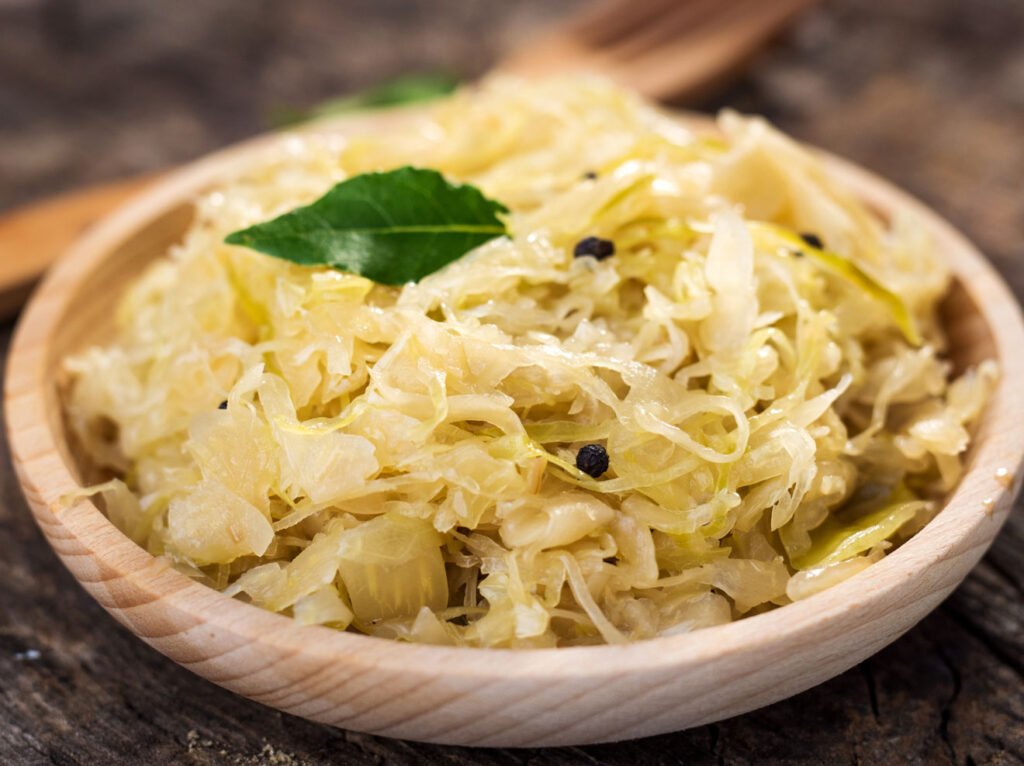
Sauerkraut: Sauerkraut is a fermented cabbage dish that is rich in probiotics. It is made by mixing shredded cabbage with salt and allowing it to ferment for several days or weeks.
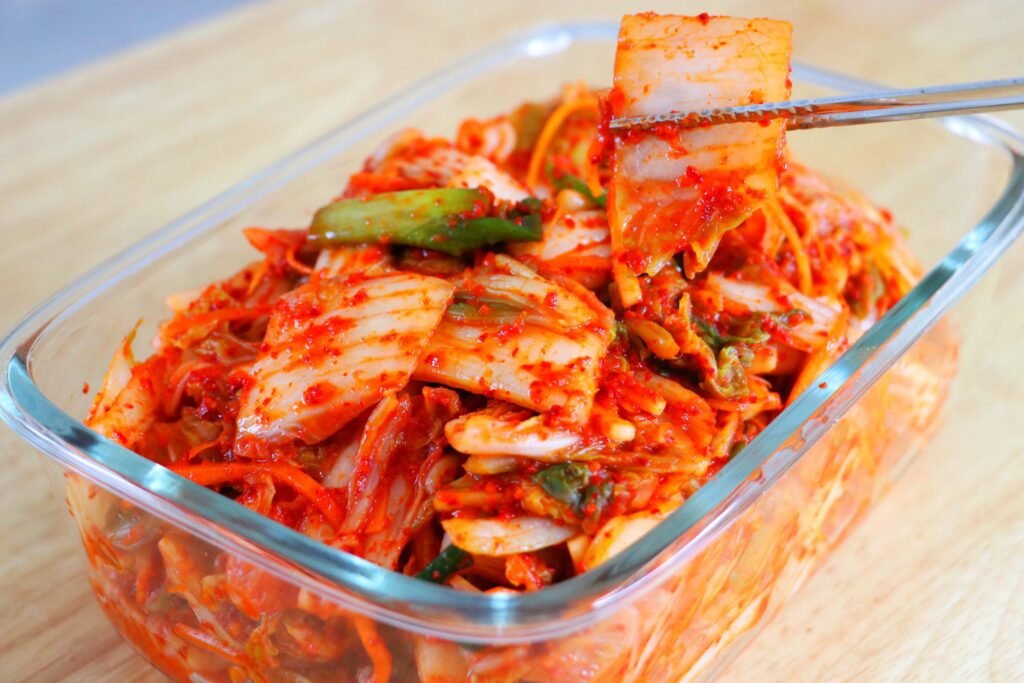
Kimchi: Kimchi is a Korean dish that is similar to sauerkraut, but it is made with different vegetables and spices. It is also fermented and contains probiotics.
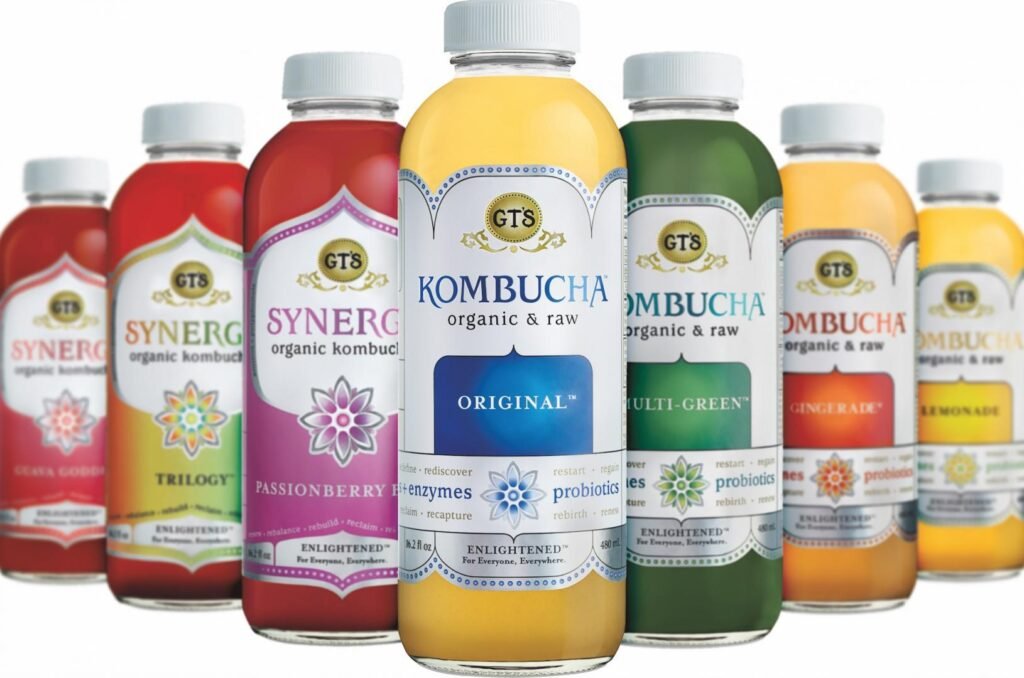
Kombucha: Kombucha is a fermented tea drink that is made by adding a symbiotic culture of bacteria and yeast to sweetened tea. It is a rich source of probiotics and other beneficial compounds.
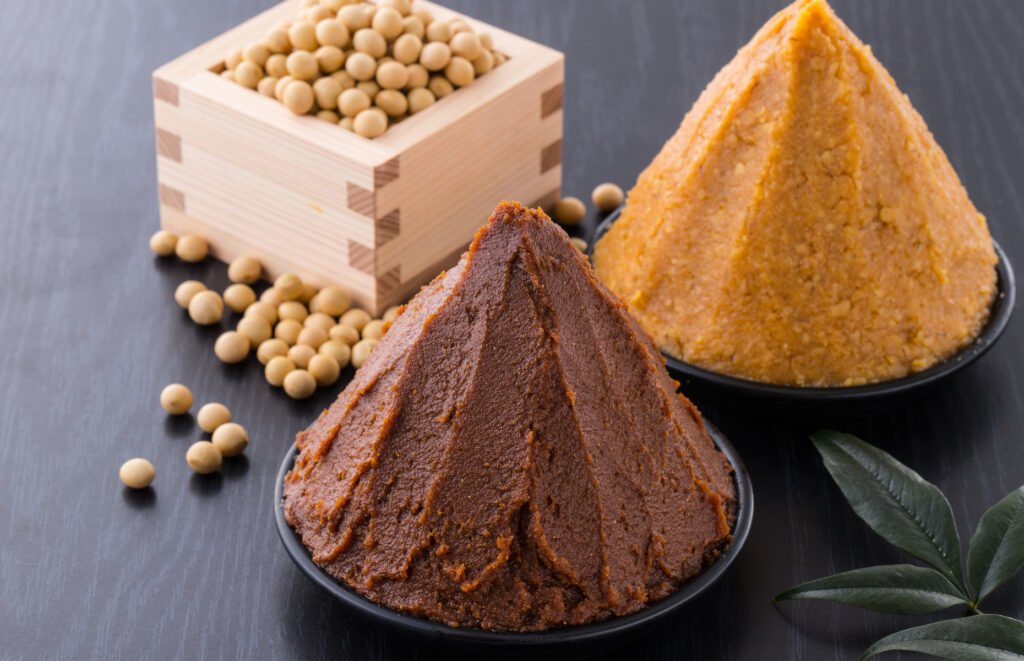
Miso: Miso is a traditional Japanese seasoning that is made by fermenting soybeans with salt and a fungus called Aspergillus oryzae. It is used to flavor soups, stews, and other dishes.

Tempeh: Tempeh is a fermented soybean product that is similar to tofu. It is made by culturing soybeans with a specific type of fungus. It is a good source of protein and probiotics.
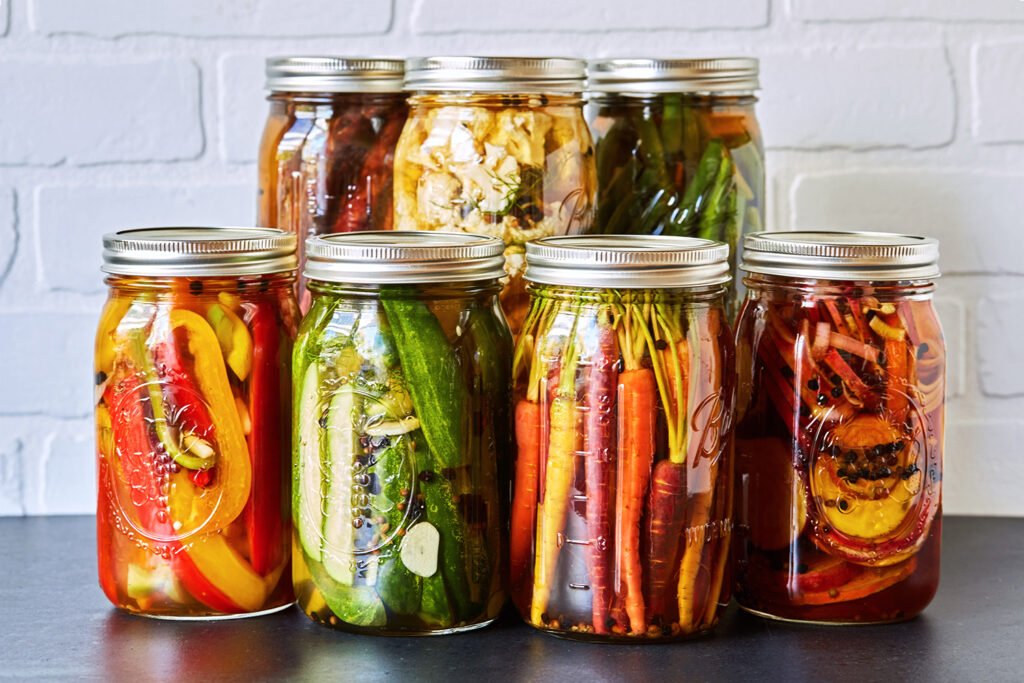
Pickles: Pickles are cucumbers that have been pickled in vinegar or brine. Some varieties are made through fermentation, and these can contain probiotics.
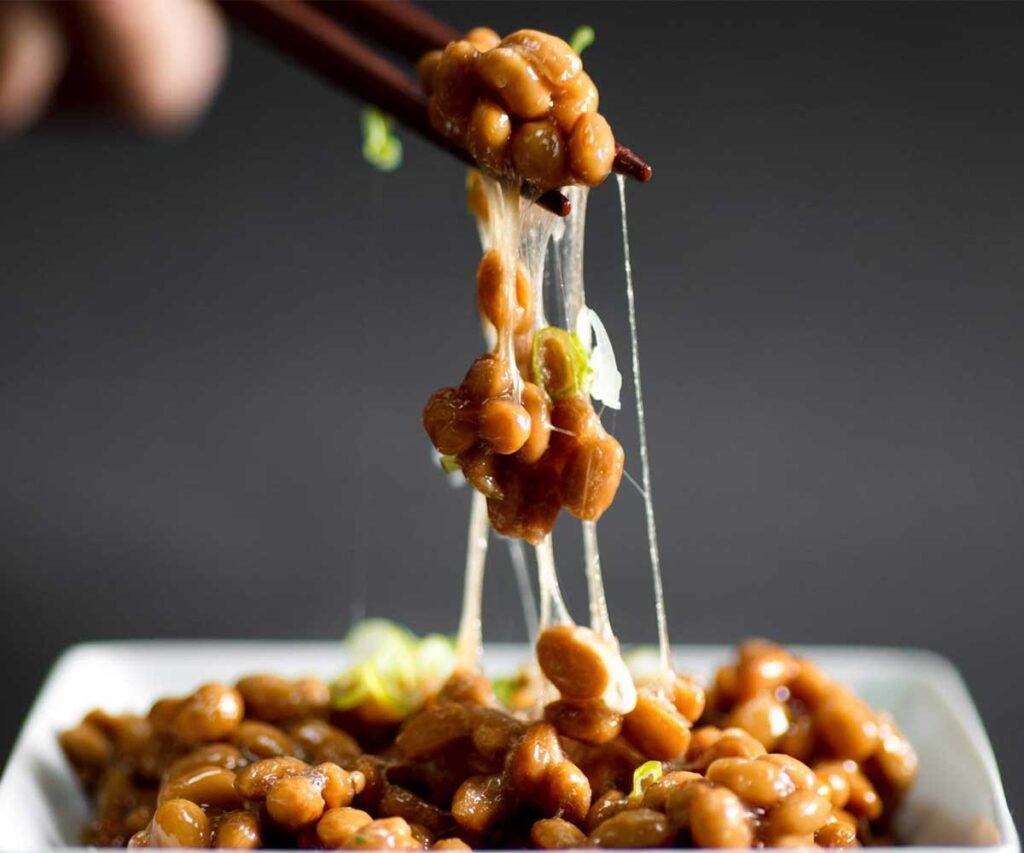
Natto: Natto is a traditional Japanese dish made from fermented soybeans. It contains a probiotic bacteria called Bacillus subtilis.

Kvass: Kvass is a traditional Russian fermented drink that is made from rye bread. It contains lactobacilli and other beneficial microorganisms.
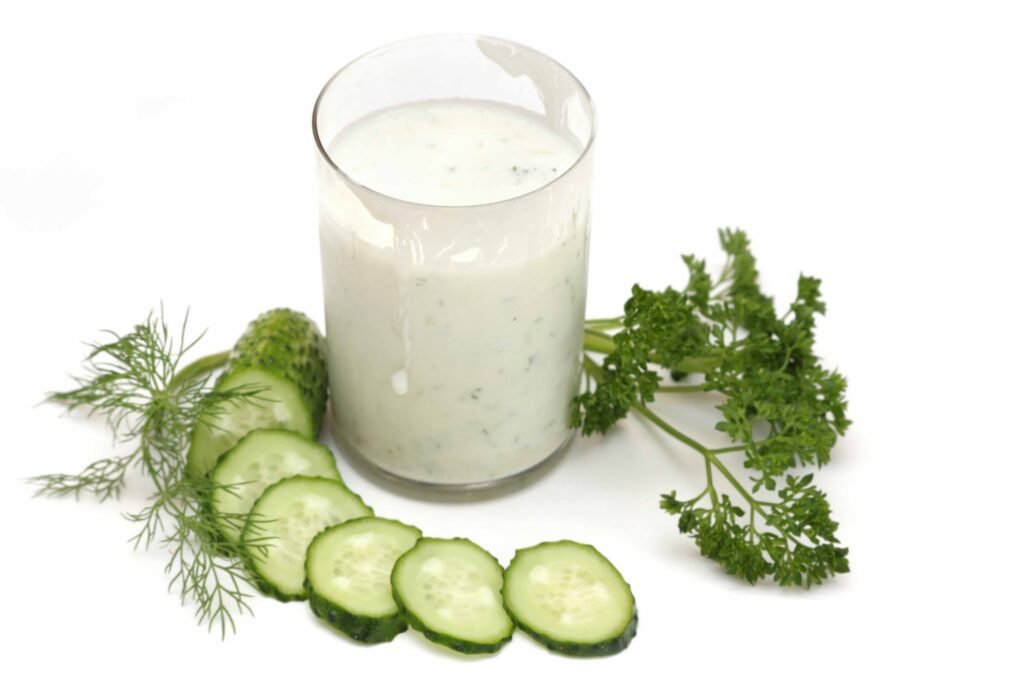
Buttermilk: Buttermilk is a fermented dairy product that is rich in probiotics. It is made by adding specific bacteria cultures to milk and allowing it to ferment.
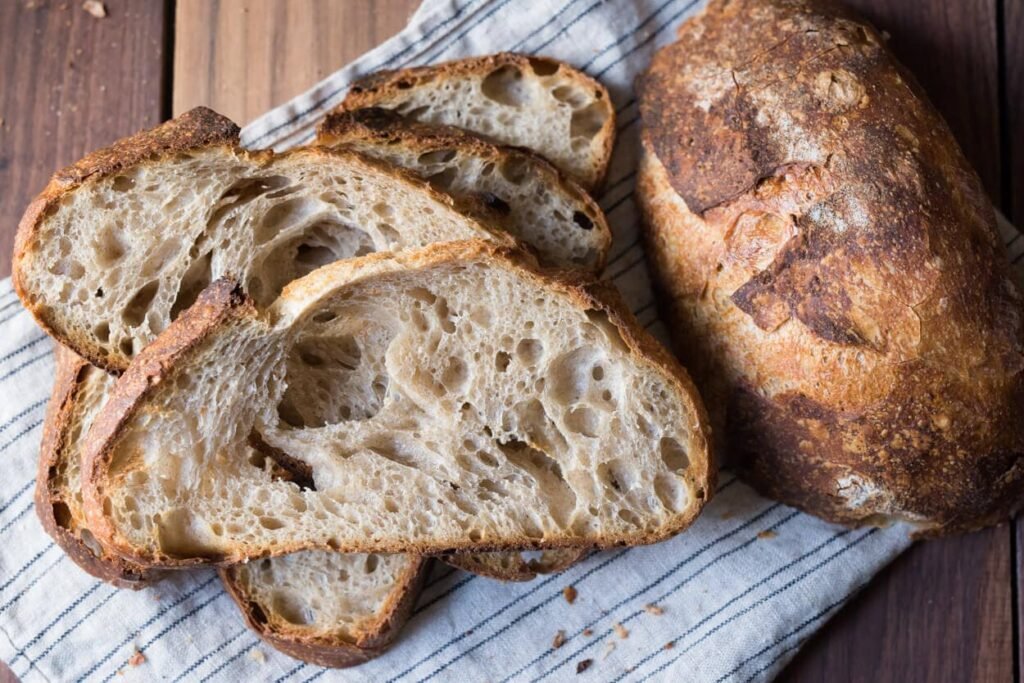
Sourdough bread: Sourdough bread is made from a starter culture of wild yeast and bacteria. The fermentation process creates a probiotic-rich bread that is easier to digest than regular bread.
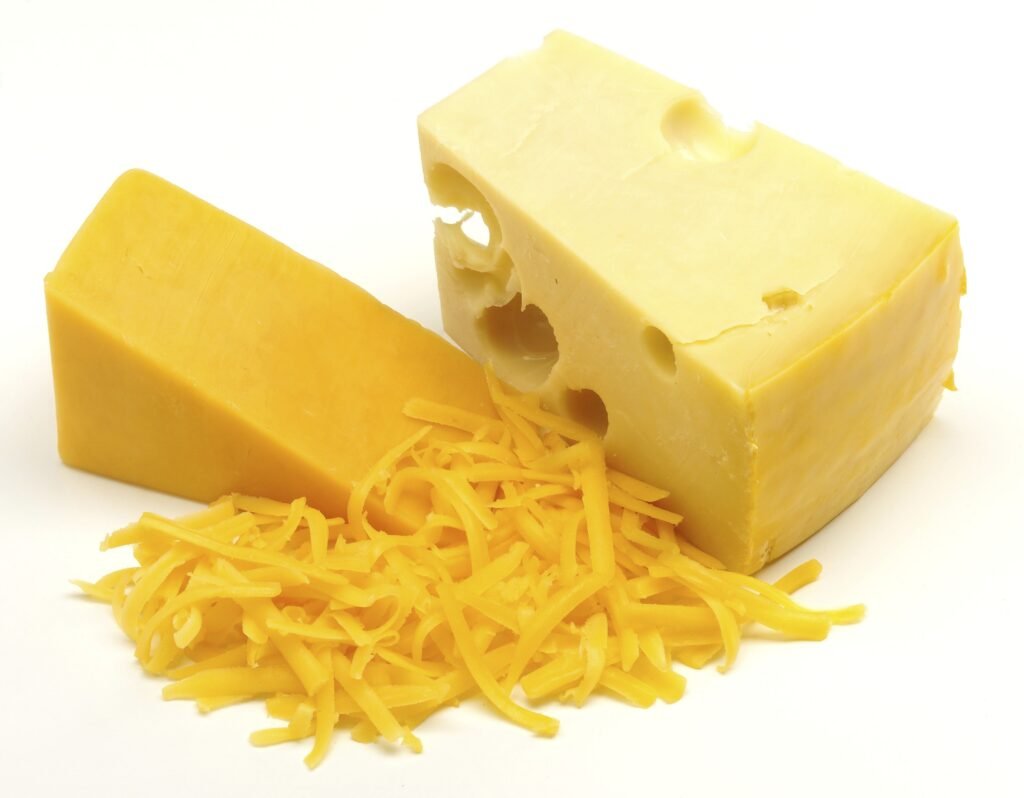
Cheese: Some types of cheese, such as Gouda and cheddar, contain live cultures of probiotic bacteria. These cheeses are made by adding specific bacteria strains to the milk before it is curdled and aged.
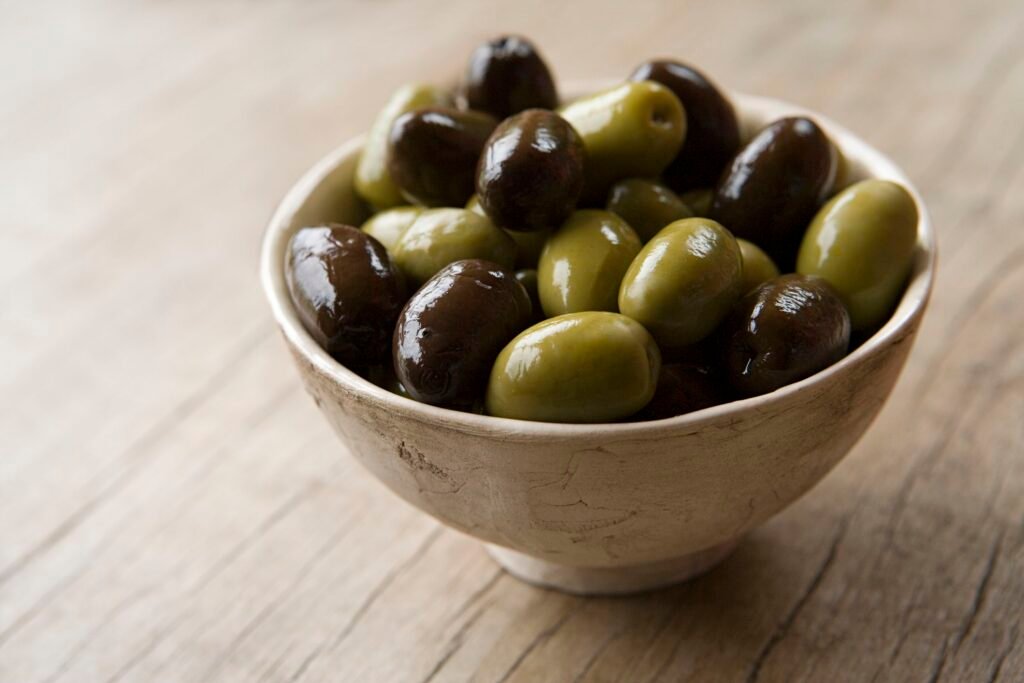
Olives: Olives that are fermented using a brine solution can contain probiotics. The brine contains live bacteria cultures that can help improve gut health.

Katsuobushi: Katsuobushi is a Japanese dried and fermented fish that is commonly used to make dashi broth. It contains a probiotic bacterium called Tetragenococcus halophilus.
NOTE:- It’s important to note that not all fermented foods are probiotic, and not all probiotic foods are created equal. When choosing probiotic foods, look for products that contain live cultures and specific bacterial strains that have been shown to provide health benefits.
